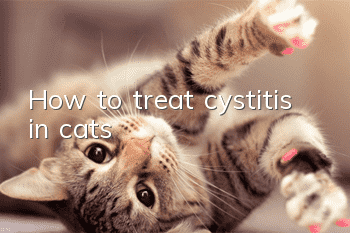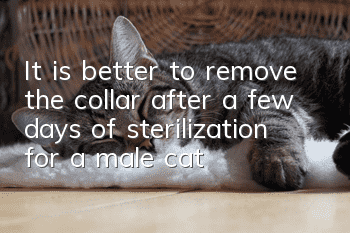How to treat cystitis in cats?

Treatment methods for cat cystitis:
1. Improve the diet: let the cat take appropriate rest, feed non-irritating, nutritious and high-quality food, and ensure adequate and clean water sources. . And reduce the intake of high-protein foods.
2. Clean the urinary tube: repeatedly flush the bladder with warm saline, and then flush with medicinal solution.
3. Eliminate inflammation: Use antibiotics, quinolones, sulfonamides and antifungal drugs. In the case of severe bleeding, systemic hemostatic drugs can be used, such as Adrenal Hydrazone (Anluoxue) 0.1~0.3 mg/kg, twice a day. Or fenethylamine (hemostatic sensitivity) 5~15mg/kg, 2 times a day, intramuscular injection.
4. Increase water intake: Once cats have concentrated urine and difficulty urinating, it will increase the burden on their kidneys, and when the cat food they eat lacks water, their urine output will be less, and they are prone to urination. stones, so the cat’s water intake should be increased and the cat’s food should be improved to dilute the urine to improve the condition.
Diagnostic methods for feline bladder inflammation:
1. Urine examination: Urine examination is the most important step in diagnosis, including blood, crystals, proteins and other abnormalities. Substances and test pH.
2. Blood test: including complete blood cell count and chemical characteristics. Generally speaking, cystitis does not have an increase in white blood cells and a left shift of neutrophils. These differences distinguish pyelonephritis and prostatitis.
3. , intravesical diverticulum and chronic cystitis, etc.
- What to do if the kitten refuses to sleep
- What should I do if my cat is sick and won’t eat?
- When do kittens get their first dose of vaccine?
- Is barium meal imaging required to diagnose digestive tract diseases in cats?
- What causes a cat’s lower lip to be swollen?
- The cat suddenly licks its fur vigorously and frequently
- What happens when a cat suddenly becomes weak in its hind legs?
- How often to feed cats lecithin
- Do cats like to drink water?
- Why do cats hate oranges?



